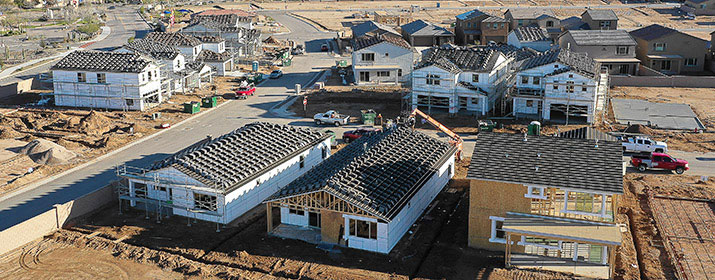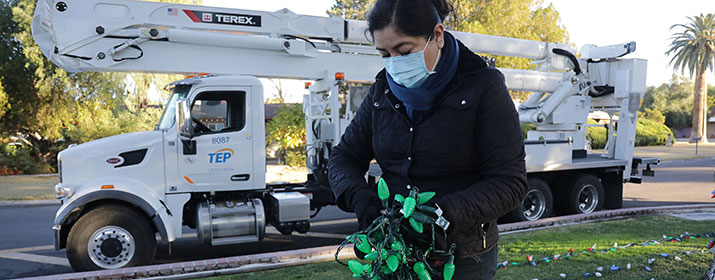
Carbon dioxide emissions from Tucson Electric Power’s generating portfolio dropped 32 percent from 2019 to 2022 – powerful progress toward our clean energy goals.
The reductions reflect our replacement of retiring coal resources with cleaner energy as part of our plan to reduce carbon emissions 80 percent by 2035. Emissions decreased by 3.5 million metric tons over that period.
“We have taken our commitment seriously to respond to the challenge of delivering cleaner energy in the face of a changing climate, and importantly, we’re doing it while continuing to prioritize reliability and affordability,” said Chief Sustainability Officer Erik Bakken. “We’re excited to see the significant difference we’ve been able to make in a short period of time, and we’re prepared to do much more in the coming years.”
TEP’s most recent Integrated Resource Plan anticipates providing more than 70 percent of our community’s power from renewable resources by 2035. It also calls for the retirement of Units 1 and 2 at TEP’s coal-fired Springerville Generating Station in 2027 and 2032, contributing to an anticipated reduction of more than 50 million tons of CO2 by 2035.
The significant reduction reflects TEP’s steady expansion of wind and solar resources. Over the past few years, TEP has more than doubled its renewable energy portfolio with three new, large systems that include:
- The Oso Grande Wind Project, located in southeastern New Mexico. Owned and operated by TEP, the 250-megawatt (MW) wind farm generates enough energy each year to serve the annual electric needs of about 100,000 homes.
- The Wilmot Energy Center, which includes a 100-MW solar array and a 30-MW battery energy storage system on 1,130 acres south of Tucson International Airport. The array generates enough power every year to serve more than 25,000 homes.
- The Borderlands Wind Project, located in northwest New Mexico, includes 34 turbines that produce a combined 99 MW. Over the course of a year, the wind farm generates enough power to serve the annual electric needs of more than 26,000 homes.
These new systems helped replace TEP’s share of the coal-fired Navajo and San Juan Generating Stations, which retired in 2019 and 2022, respectively. TEP also installed fast-ramping natural-gas generators at our largest local power plant in 2019 and 2020, helping us compensate for intermittent renewable resources while producing significantly less CO2 than coal-fired generation.
This year, we anticipate that nearly 30 percent of our community’s power will be produced from renewable resources. Customers can see how much energy TEP’s renewable resources are producing in real-time by visiting TEP’s Clean Energy Tracker.






